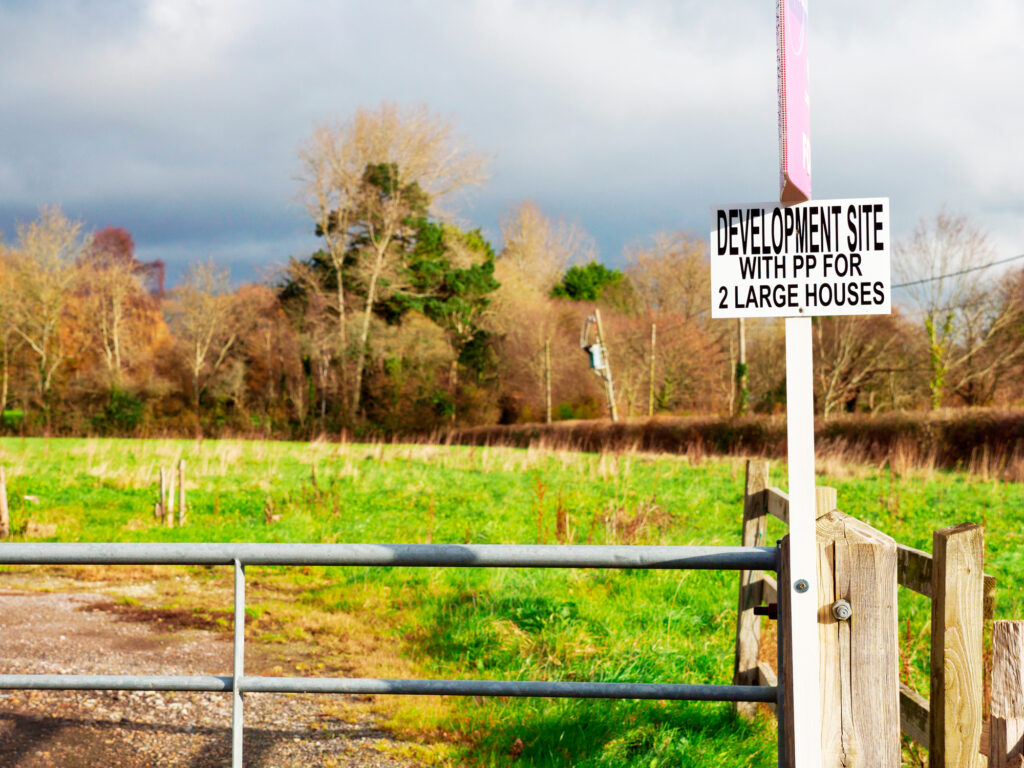
Become a plot hunting pro with our next online training course!
Use code BUILD for 20% off
Book here!
Use code BUILD for 20% off
Book here!We are restoring a grade II listed windmill and had all of our window lintels replaced with oak. Since then, we have had water ingress around between the top of the lintel and window and water is actually dripping in. Do you have any suggestions? The mill has been lime plastered inside and has a breathable paint to outdoors, and extensive brick restoration has also been carried out.
Hi Teresa,
I gather from your description that this is a brick windmill. Structures like this are often difficult to detail to prevent water penetration – Martello towers (defensive forts built across the British Empire in the 19th century) are particularly notorious! They were not designed with habitation or comfort in mind.
Issues like this tend to be highly site specific and result from a combination of factors, so it’s difficult to give advice from a distance. Having said that, it’s safe to assume the root cause of the problem is rainwater runoff. The starting point to develop an understanding of the problem should be thorough observation and recording of what is actually happening.
This inevitably means a lot of time standing out in wet weather to see how the windmill experiences rainfall and wind-driven rain in particular. You should look out for any areas of concentrated runoff and features or details of the building that contribute to it. Record where the water penetrates and how that correlates with heaviness of rain, duration, wind direction etc. This will at least give you a starting point to develop solutions. Unfortunately, the measures that protect standard buildings – roof overhangs and gutters – aren’t going to be available to you. You’ve mentioned exterior paintwork; if that means the external appearance is not exposed brickwork, it might be possible to apply a lime render. Roughcast finishes have been very successful in solving problems with exposed towers. Obviously, any such change to the appearance of the windmill would require listed building consent, which might be difficult to achieve.
You certainly need good, site-specific advice to help with this issue. I would suggest contacting the Society for the Protection of Ancient Buildings (www.spab.org). They run an excellent technical helpline and have a specialist mills section that should be able to point you in the right direction.
Best of luck with your project plans,
Alan Tierney (Build It’s period property expert)